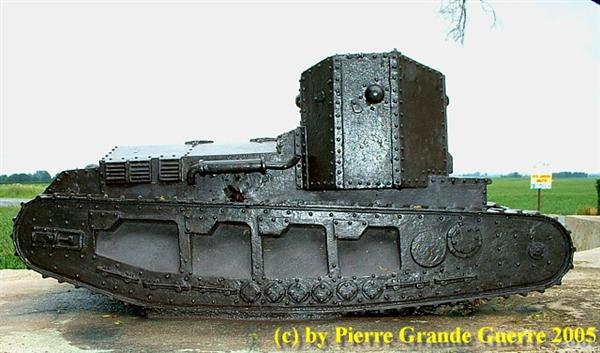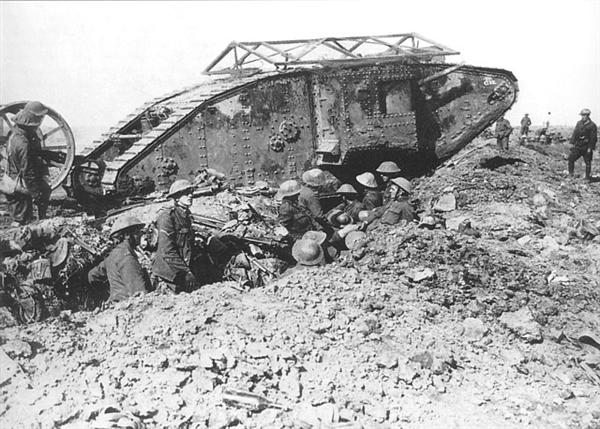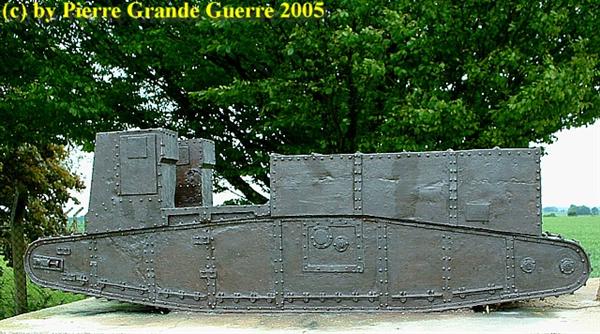SOMME BRITISH Sector - Pozières
Years of visit: 2005, 2007
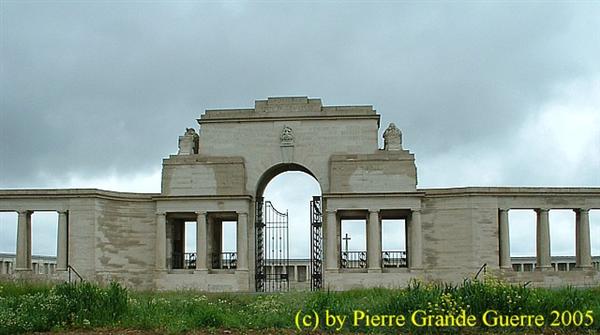
Returning to the D 929, from Albert to Bapaume, a stop at Pozières, Gibraltar Point, the Australian Memorials, and the Tank Corps Memorial, near the field, where the introduction of tanks took place.



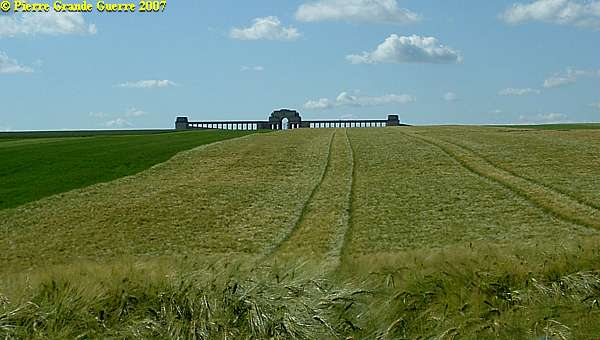
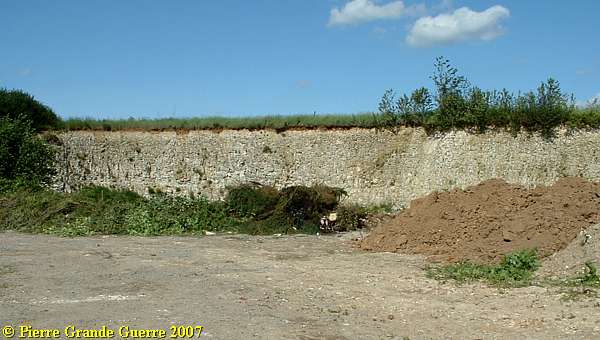
... during the capture of Pozières village.


The Australian 1st division called this place the Gibraltar Strongpoint.
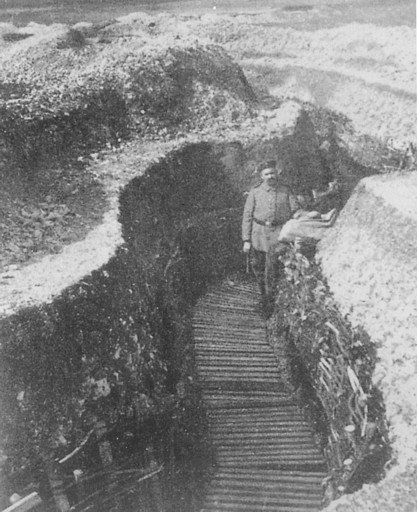
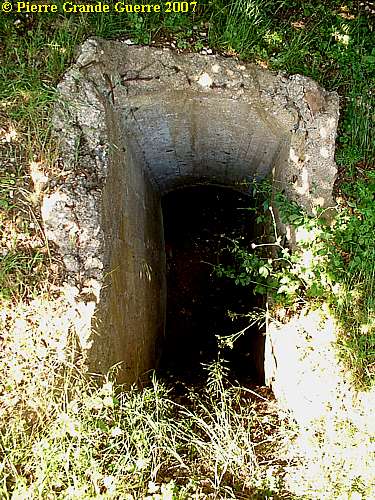
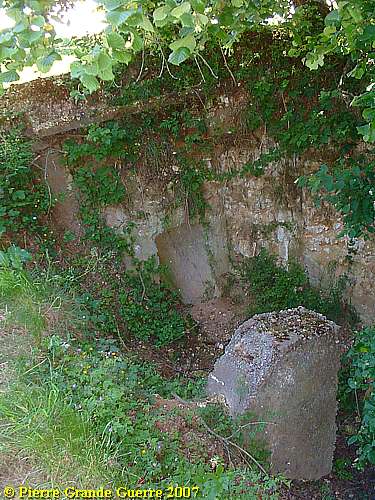
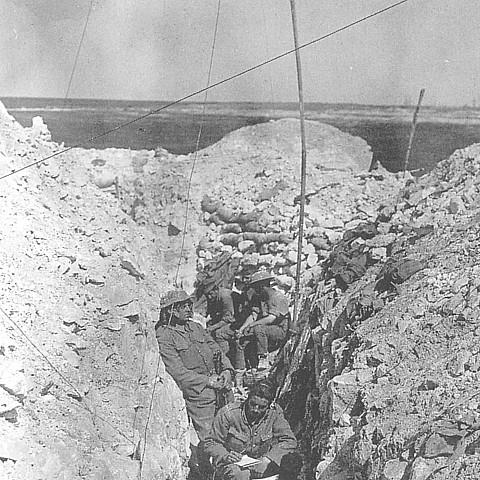

... but they stopped the following German counterattack.
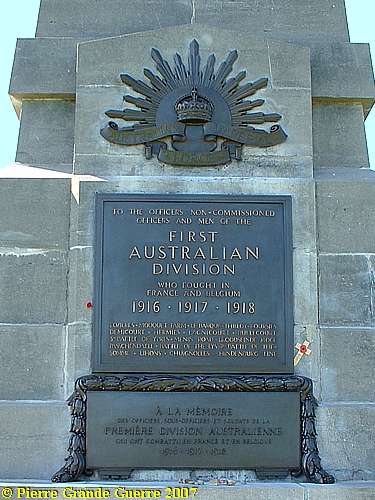
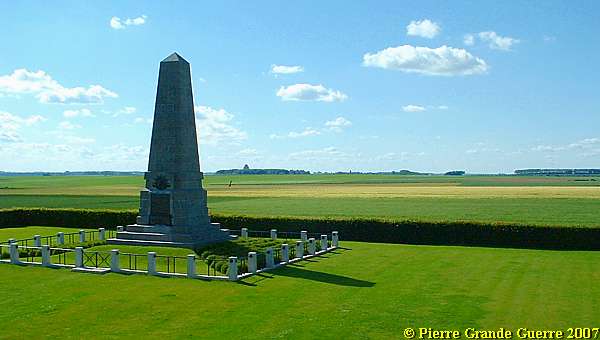
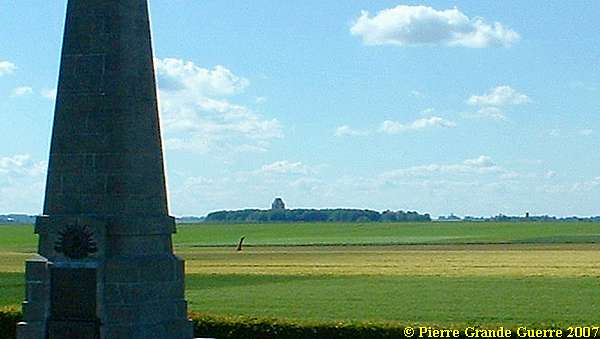
Left of the Albert-Bapaume road: the ruins of the old windmill marks the high point of Pozières Ridge.
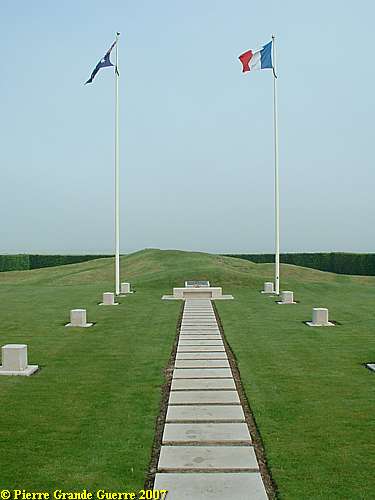
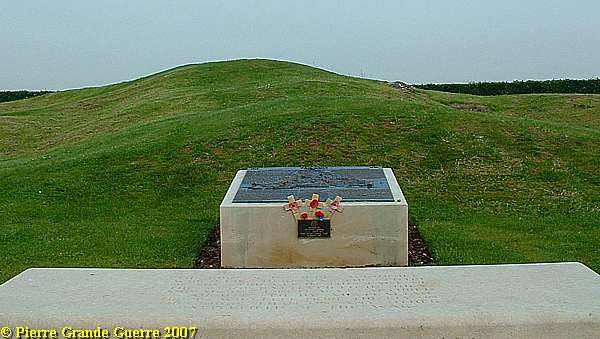
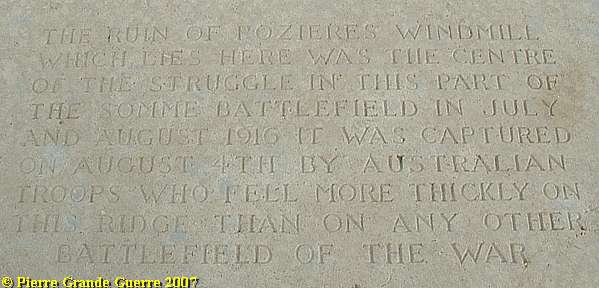
During these attacks the Australians lost 23,000 men.

In the whole war the Australians had 215,000 casualties.
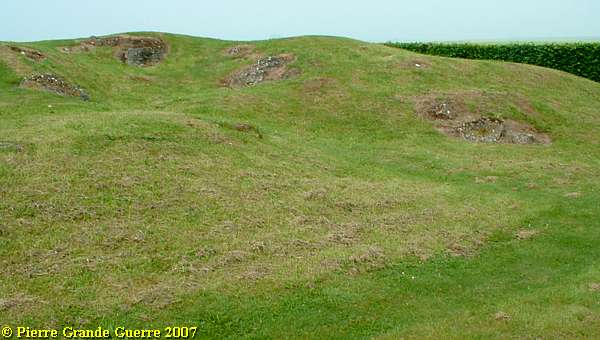
Just after Windmill: the former frontline of 1 September 1916.


The 4th Phase of the Battle of the Somme


At the other, southern side of the Albert Bapaume road, ...
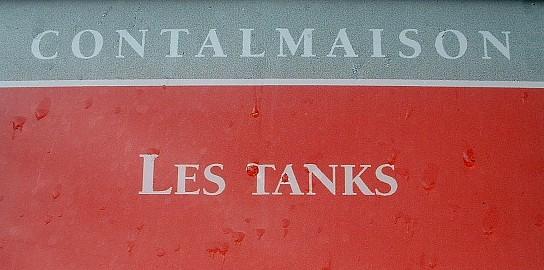
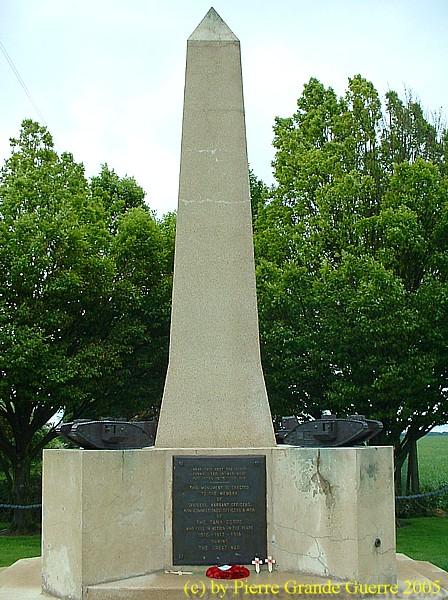
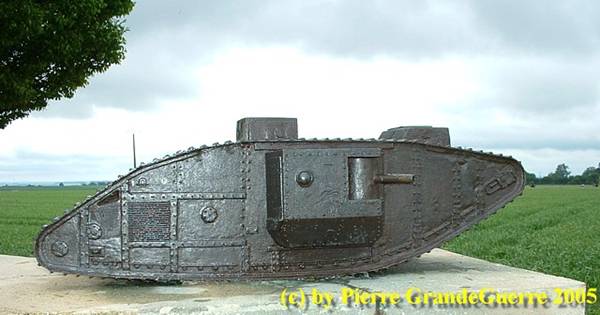
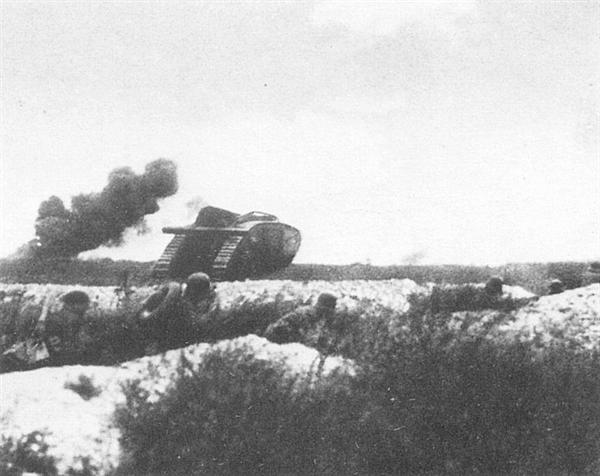
The tanks were British and in the beginning not very reliable.
